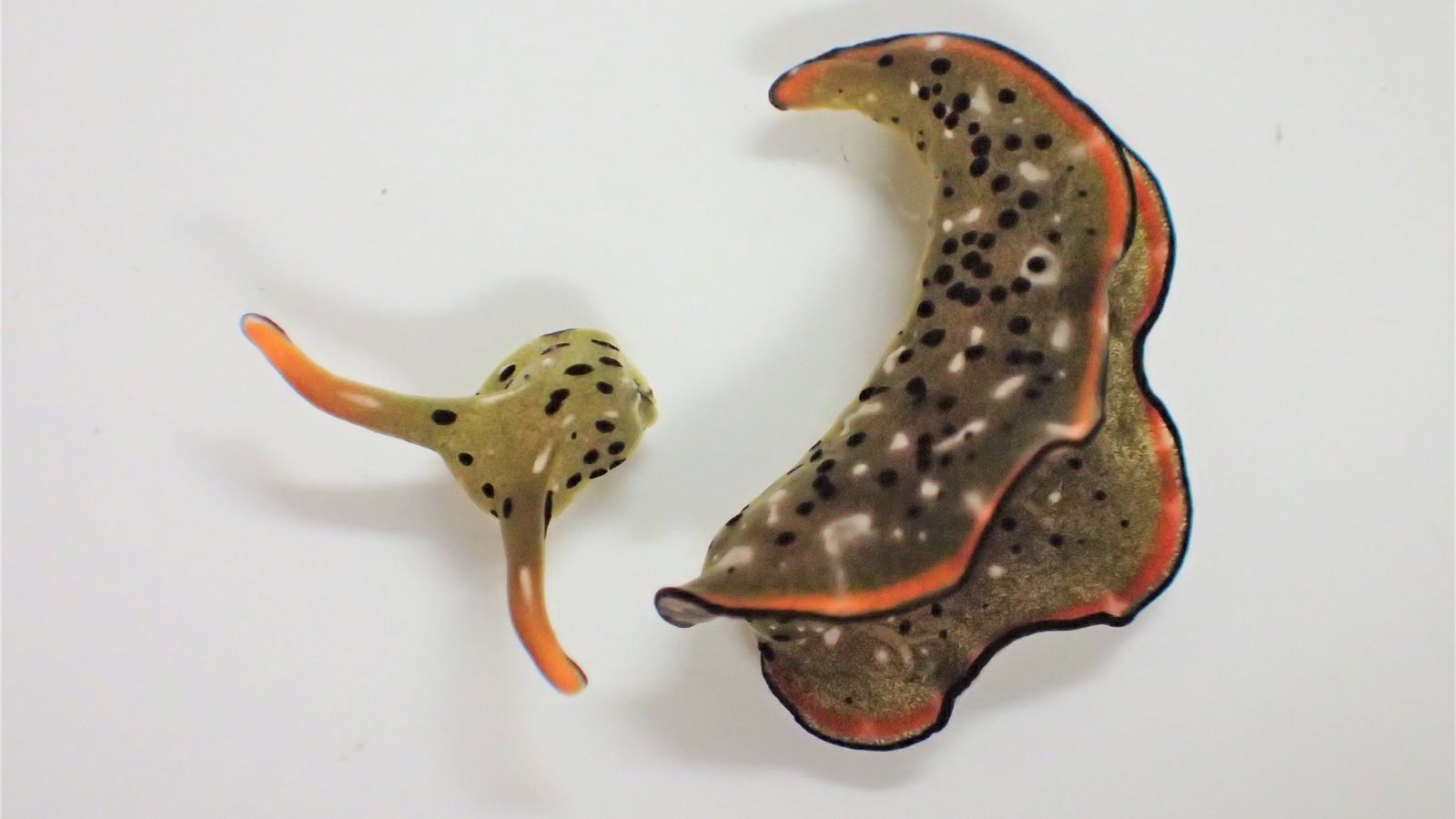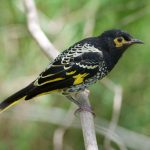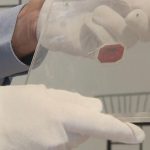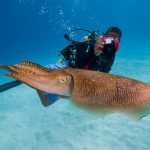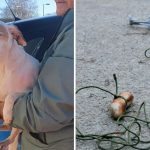Starfish can regenerate their arms, salamanders are able to grow new tails, and axolotls re-form their spinal cords – but scientists have found sea slugs that can grow a whole new body.
Researchers discovered two species of sea slug that can grow bodies complete with a heart and other internal organs while observing them for other studies.
One of the creatures was seen moving around without its body on one occasion, and another was seen doing the same thing twice.
The head moved on its own immediately after being separated from the body – and within just days the wound at the back of the head had closed, according to the study published in peer-reviewed journal, Current Biology.
The report also found the heads of young sea slugs started to feed on algae within hours of detachment, and they started regenerating a heart within a week, while the heads of older individuals died in about 10 days.
Researchers at the Nara Women’s University in Japan found a new body, complete with all organs, was formed by the severed head within three weeks.
The cast-off bodies did not regenerate the lost body part in either the young or old sea slugs, but they were seen to move around and react to being touched for several days or even months.
Sayaka Mitoh, from the university’s Department of Biological Sciences, said: “We were surprised to see the head moving just after autotomy.
“We thought that it would die soon without a heart and other important organs, but we were surprised again to find that it regenerated the whole body.”
Scientists are not sure what prompts the sea slugs to separate their body, but one possibility is that it helps to remove internal parasites that prevent them from reproducing.
The work has not found what enables the slugs to form new parts, but it is thought there might be stem-like cells at the cut end of the neck that are capable of re-growing.
The sea slugs in question were already unique in that they incorporate chloroplasts from algae that they eat into their own bodies, a habit known as kleptoplasty.
